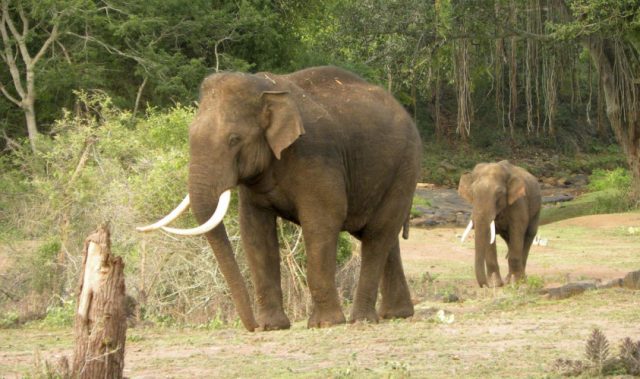
AsianScientist (Jan. 14, 2015) – By M. Sreelata – If India is to save hundreds of endemic plant species from extinction as a result of climate change it may need to resort to interventions such as assisted migration and expansion of existing protected areas, says a new study.
Vishwas Sudhir Chitale, researcher at the Indian Institute of Technology, Kharagpur and corresponding author of the study published in PLOS One, explains that endemic plants are found in particular geographical regions of the world and not anywhere else.
With 2010 as the base year, the study used computer models to predict the future distribution of 637 endemic plant species in three biodiversity hotspots in India—Himalaya, Western Ghats and Indo-Burma—for the years 2050 and 2080. The projected changes suggest that these species will be adversely impacted, even in a moderate climate change scenario.
According to the study’s findings, future distribution is likely to shift to the northern and north-eastern direction in the Himalaya and Indo-Burma hotspots and in the southern and south-western directions in Western Ghats hotspots, due to cooler climatic conditions in these regions.
Human populations pose risks to these hotspots by over-logging, burning, grazing, mining and commercial hunting that degrade natural resources, abet biological invasion or pollute soil and water resources, the study notes.
The model used in the study predicts a 23.99 percent range reduction and a 7.70 percent range expansion in future distribution by 2050. By 2080 there will be a 41.34 percent range reduction and a 24.10 percent range expansion.
“Assisted migration, enhanced protection measures, modification of existing protected area network and other methods would help conserve these plants,” Chitale tells SciDev.Net.
K. N. Ganeshaiah, professor at the University of Agricultural Sciences, Bangalore, says that migration happens naturally and suitable habitats also shift.
“Accordingly those (endemic) species also need to shift their distributional range (migrate) to newly suitable habitats,” he tells SciDev.Net.
The habitats of endemic species could shrink in some places or expand to newer zones by natural adaptation to climate change and the results of the studies do not indicate interventions such as replanting to safer zones, Ganeshaiah says.
India is one of the 12 mega biodiversity countries of the world and has about 11 percent of the world’s flora concentrated in about 2.4 percent of the global land mass.
The article can be found at: Chitale et al. (2015) Future of Endemic Flora of Biodiversity Hotspots in India.
—–
Source: SciDev.Net.
Disclaimer: This article does not necessarily reflect the views of AsianScientist or its staff.












